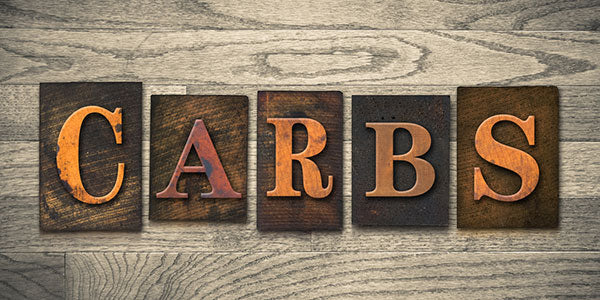
Carbohydrate generally has a poor assumption of "unhealthy," eventually perceived to result in weight gain following its intake. But carbohydrate is one of the core macronutrients that encompasses a nutritious diet, also including protein and fat. So how exactly do carbohydrates fit into a healthful diet?
All About Carbohydrates
As mentioned, carbohydrates (commonly known as carbs) are a fundamental macronutrient. Like all macronutrients, each holds their own value and offers a variety of benefits to the body. As the name suggests, carbohydrate contains three elements: carbon, hydrogen, and oxygen. Carbohydrate is mostly an umbrella term, as it further categorized into sugars, starches and fibers mostly relative to their chemical makeup and digestive characteristics.
Simple Sugars
Also known as simple sugars, simple carbohydrates are quickly digested and absorbed in the body. Structurally, simple carbs or sugars contain one or two sugar molecules. Simple carbs with one sugar molecule are monosaccharides (fructose, glucose, and galactose) while two sugar molecules attached together are known as disaccharides (sucrose, maltose, and lactose). Interestingly, simple sugars are found in fruits, veggies, cookies and cakes. Though all considered simple sugars, cookies and cakes are mostly filled with refined, added sugars that are low in nutritional value while the fiber content (described below) also places fruits and veggies into the complex carb group.
Limiting simple sugars, especially from sweet treats, is extremely important for keeping blood sugars within normal levels. When concentrated sweets are specifically consumed, they are likely to spike not only blood sugar levels, but insulin production. Insulin is a hormone that assists glucose in entering the body's cells to be used for energy. But when there is too much, the cells become overloaded and deny some of the sugar. In turn, the excess glucose is converted into fat and stored.
Complex Starches and Fibers
Starches
In contrast to mono- and disaccharides, complex carbohydrates are also known as polysaccharides. Polysaccharides contain three or more sugars and further recognized as starches. Additionally, complex carbs are generally digested and absorbed much more slowly than simple carbs. The gentle absorption helps to keep blood sugar levels sustained and consistent, whereas simple carbs ignite quick energy that may spike blood sugar levels.
Food Sources: whole grains including wheat, barley and oats; green, leafy veggies; starchy vegetables such as carrots, potatoes, and pumpkin; beans, lentils, and peas
Fibers
Unlike sugar and starch, fiber is not absorbed by the body. Instead, fiber remains mostly intact. Fiber is further broken down into soluble and insoluble fibers:
Soluble Fiber: Thought of like a sponge, soluble fiber has the ability to absorb with water and create a gel-like byproduct in the digestive tract. It can become bound to cholesterol, ultimately excreting it out of the body. The claim "can lower cholesterol," across a Cheerios box is related mostly to its soluble fiber content. Additional sources of this fiber form includes oats and beans.
Insoluble Fiber: In contrast to soluble fiber, insoluble fiber does not bind with water and remains in its whole form. This fibrous plant product is known for its role in bowel health, as it bulks stools and promotes regularity. Sources of insoluble fiber sources include nuts, some veggies, and popcorn.







